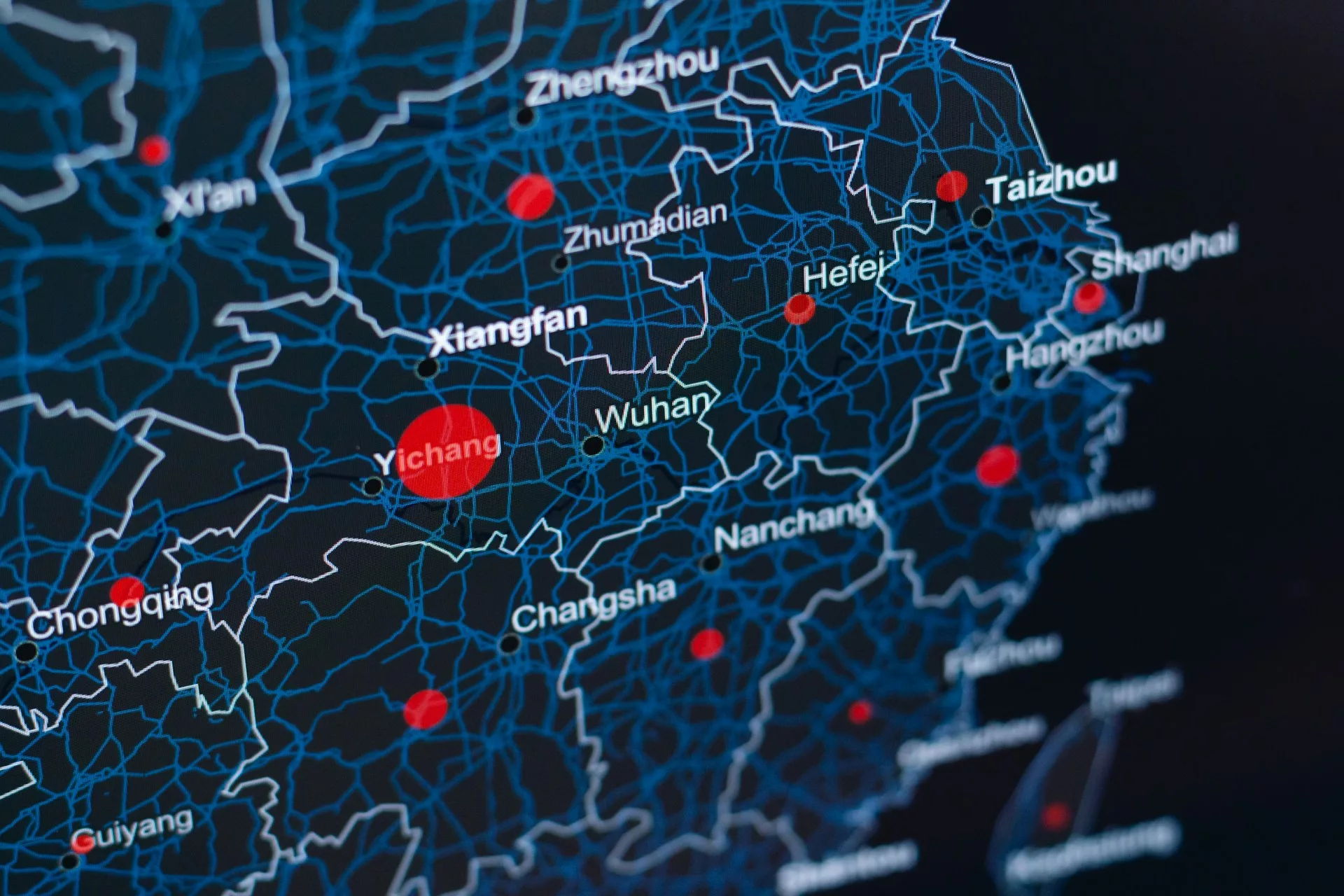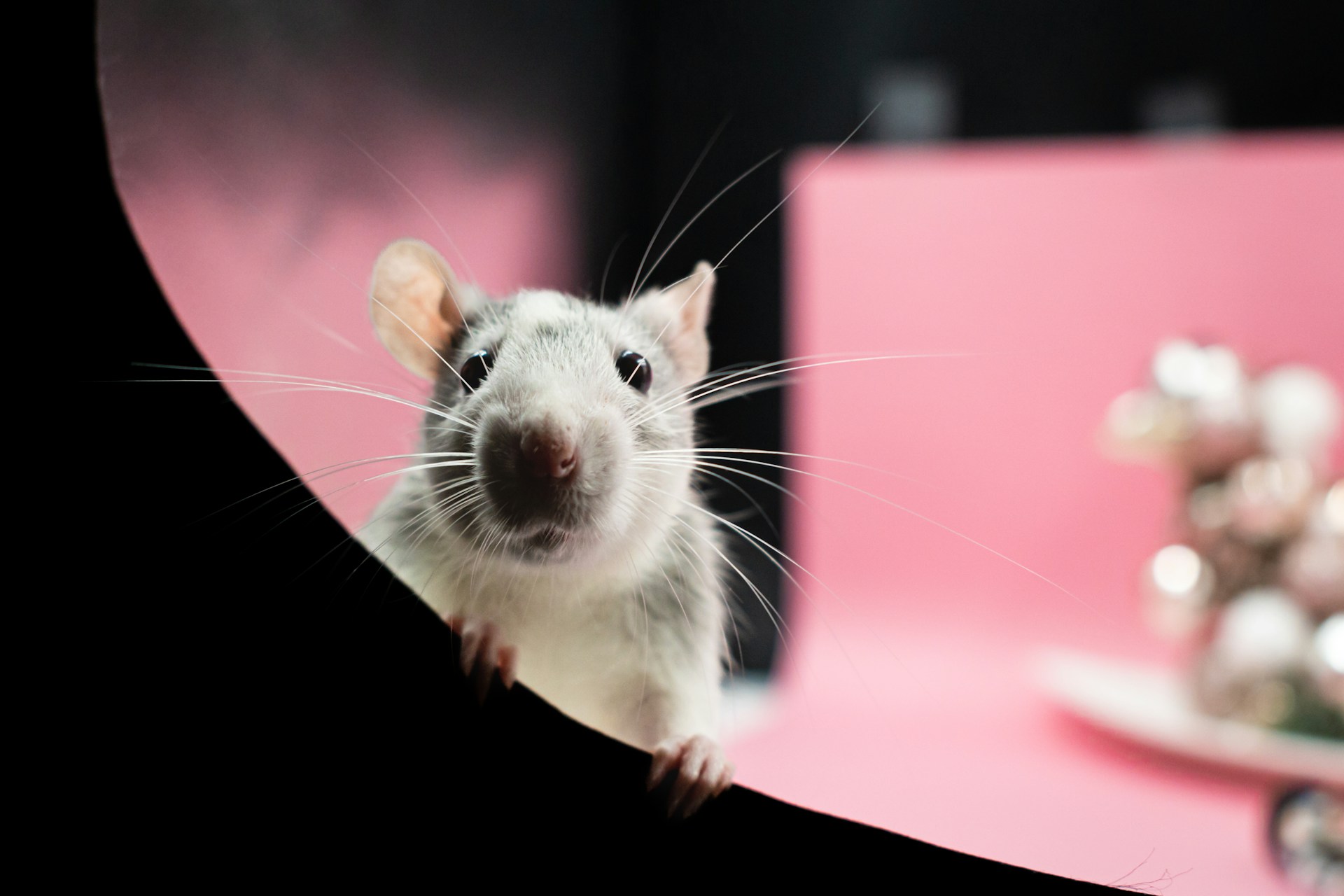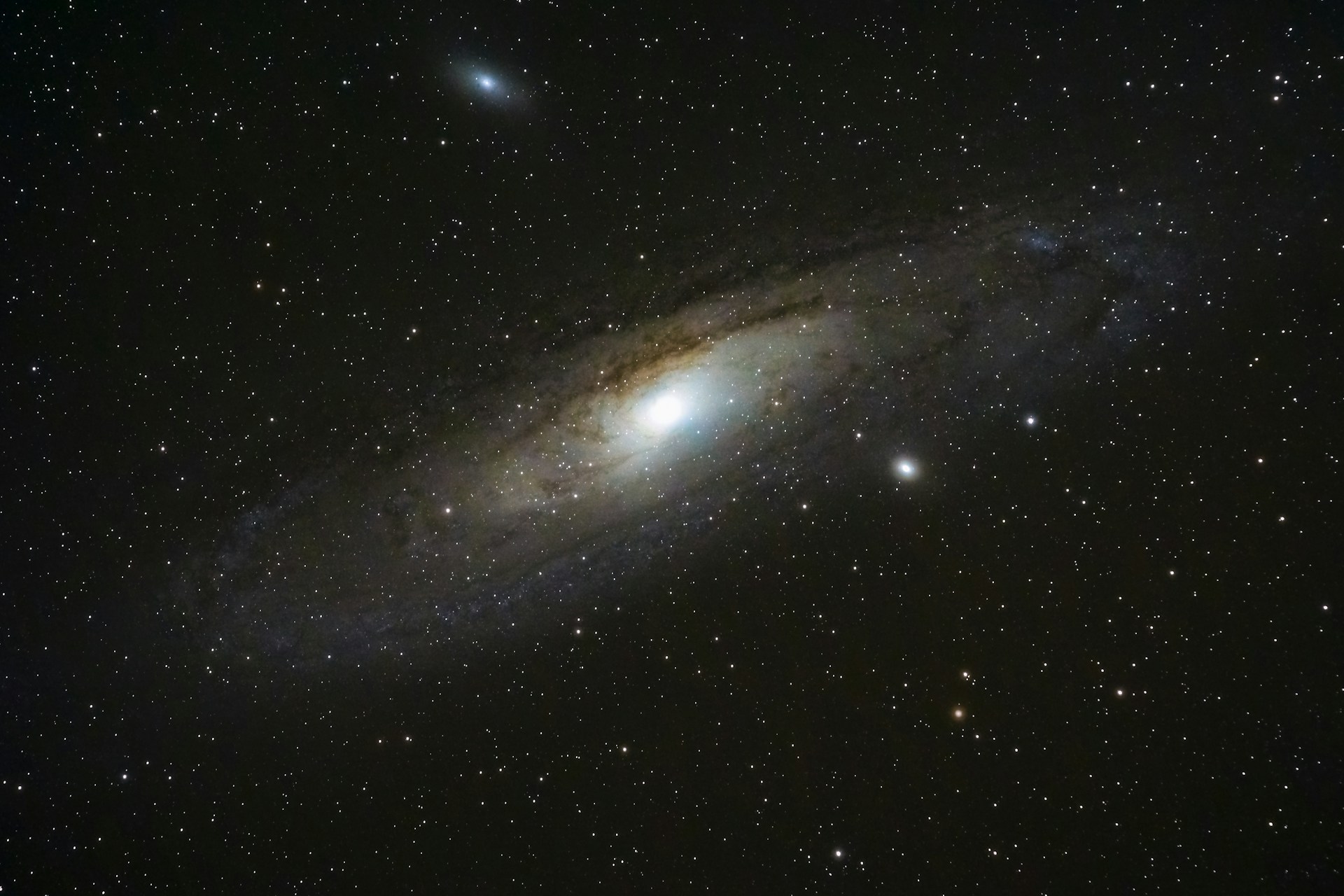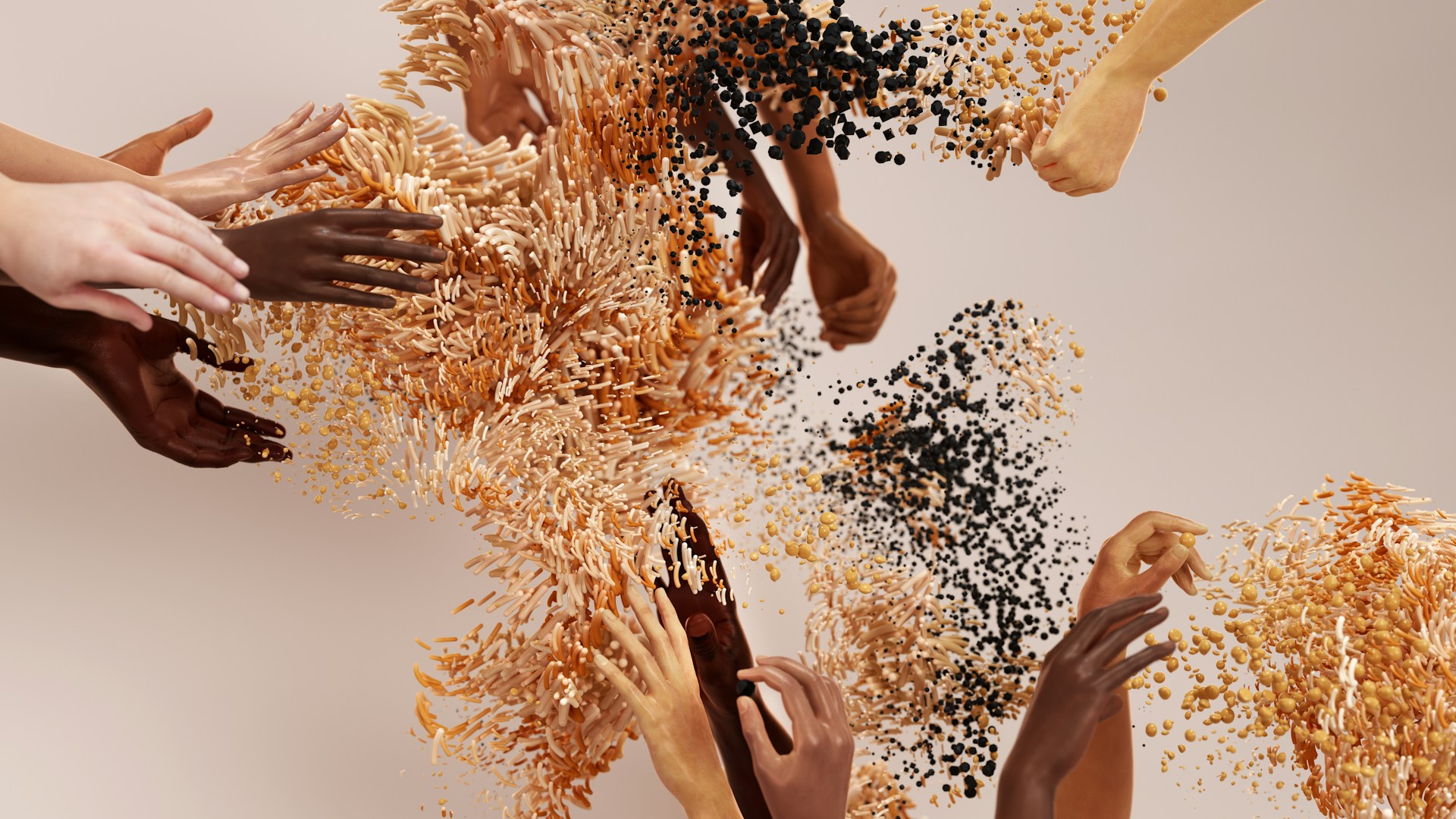Despite the extensive research conducted on COVID-19, the exact origin of the virus is unknown. Photo credit: KOBU Agency via Unsplash
This year’s Unither Baruch Blumberg Lecture, given by Professor Marion Koopmans, addressed the highly contentious question of the origin of severe acute respiratory syndrome coronavirus 2 (SARS-CoV-2). The virus was the cause of the COVID-19 pandemic, which swept over the world in 2020, claiming over seven million lives. While the causative agent of the pandemic is certain, the origin of the virus remains the subject of intense debate and speculation.
Professor Koopmans is the director of the Department of Viroscience at Erasmus Medical Centre and the Emerging Infectious Diseases Centre for One Health. Working at the forefront of the investigation into emerging viruses, Professor Koopmans was the perfect guide to separate fact from fiction, acting as a Sherlock Holmes of virology to lead us through the current scientific understanding about the origin of the virus.
Exploring the timeline of emerging infections is critical to uncovering their origins. Professor Koopmans took us back to the first news of COVID-19, sent in a tweet. It described an unexplained pneumonia found in a number of patients in Wuhan Hospital. This alone was not enough to raise the alarm, as pneumonia outbreaks in hospitals were common. However, what was of concern was the connection between the cases. Patients were traced back to the Huanan Seafood Market, a local seafood wet market. Wet markets are traditional markets that sell fresh meat and other perishable produce and exist to ensure the freshness of traded meat. Unfortunately, some markets trade wildlife and have become a hotspot for zoonoses, which are diseases transmitted from animals to humans, such as the avian influenza.
Showing extraordinary reactivity, Chinese scientists were quick to identify the cause of this unknown infection and publicly share their findings. Just 11 days after the tweet, Professor Yong-Zhen Zhang released a draft genome sequence of the infection. Once scientists had a sequenced genome, it became possible to create a diagnostic test to identify and trace the virus. The release of the genome also made vaccine development possible. In this case, the development took just 60 days, a record-breaking achievement, made possible by the rapid early response and sharing of information by Professor Zhang and others.
As the world went into lockdown, some traditional methods of scientific investigation into the origins of the virus became impossible. Unable to sample the site of emergence back in Wuhan, the genome sequence became the primary piece of available evidence. Professor Koopmans showed us how much they were able to learn by simply exploring the genome. By comparing the sequence to other known viral sequences, scientists looked for relatives – building a kind of viral family tree. Surprisingly, the closest relative was not a human virus but a bat virus, with a genome match of 96.2%. A sequence difference of 3.8% may sound small, but in fact represents decades of evolutionary divergence. For example, humans share over 90% of their DNA with pigs, despite obvious differences.
The bat virus is a distant cousin rather than the direct progenitor of SARS-CoV-2. In terms of the origin story, this evolutionary history rules out the possibility that the virus was man-made from scratch, disputing the allegation that this was a bioweapon. Nevertheless, the genome sequence alone could not answer the question of whether the virus jumped from animals to humans or if it was being worked on in a lab and accidentally escaped. Other than the genetic sequence, evidence for the origin of the virus was lacking early in the pandemic. Due to this, origin theories became plagued by conspiracy theories, veiled in prejudice and bias.
…this evolutionary history [related to bats] rules out the possibility that the virus was man-made from scratch, disputing the allegation that this was a bioweapon.
The fact that the Wuhan Institute of Virology was working on bat coronaviruses at the time of the outbreak was taken as proof supporting a lab leak hypothesis. This argument was strengthened by the private nature of their work and the discovery that they had recently relocated, meaning their labs were unlikely to be entirely biosecure. Despite a Phase I WHO-Chinese collaborative investigation finding a lab leak ‘extremely unlikely’, the WHO kept the lab leak theory as an open line of enquiry until 2023.
To combat the rise of misinformation, Professor Koopmans was able to add new evidence to this story by conducting retrospective testing a year after the outbreak in Wuhan. Her team looked at the spatial pattern of COVID-19 infection early in the pandemic. They identified that the earliest human cases clustered around the market, specifically the southwestern corner. Testing of environmental samples confirmed these stalls sold live wildlife and critically identified the co-occurrence of wildlife and SARS-CoV-2. So, we can place the criminal (SARS-CoV-2) at the scene of the crime (the Huanan Seafood Market) at the critical moment (November 2019).
Much of the evidence did point towards a market origin [for COVID-19], but the evidence was circumstantial, requiring significant inferences…and more research is needed before we can have scientific certainty.
While providing important additional evidence, Professor Koopmans explained that these findings were not enough to solve the case. Much of the evidence did point towards a market origin, but the evidence was circumstantial, requiring significant inferences. What is more difficult, however, is to prove a negative, i.e. that the virus did not come from the lab. Searching for the origin of any emerging disease is highly complex and requires comprehensive research. The origins of COVID-19 are unfortunately no exception, and more research is needed before we can have scientific certainty.
Professors Koopmans’s lecture came at a pertinent moment, as the ongoing British government inquiry is looking into the handling of the pandemic. While it is important that we prepare political systems to manage outbreaks, it is paramount that we understand why new infectious diseases are emerging with increasing frequency and severity. Funding scientific research into the origins of viruses, not just SARS-CoV-2, will reveal how we are changing the landscape of disease risk, and why the probability of pathogen spillover is at its highest. Ultimately, preparation is important, but prevention is much better.





